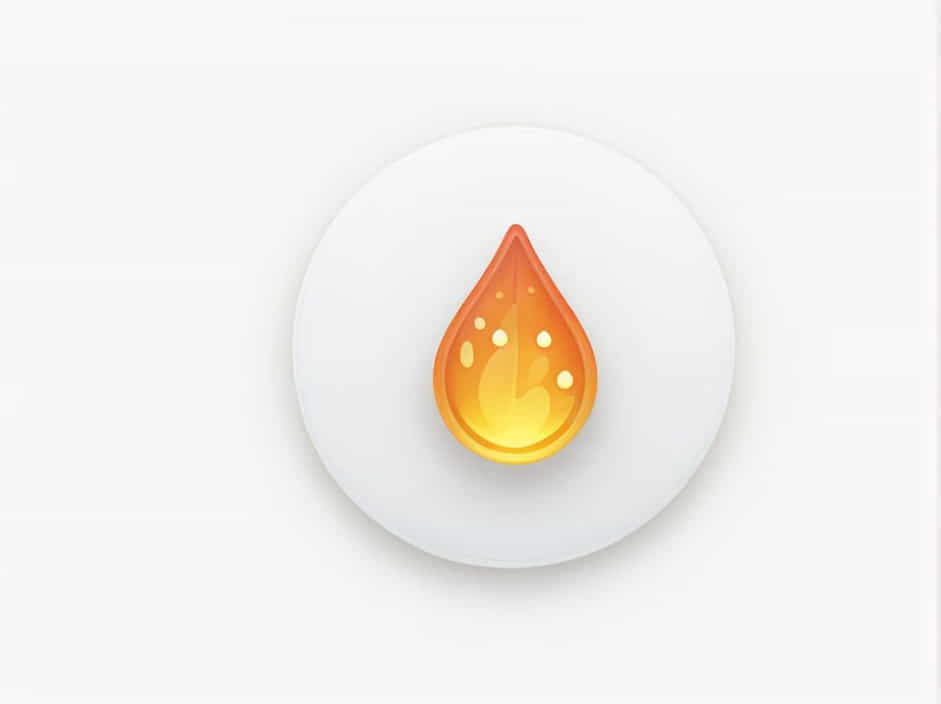Blood clotting is a vital process that prevents excessive bleeding when a blood vessel is injured. One of the key steps in this process is the conversion of fibrinogen to fibrin, which helps form a stable clot. This transformation is catalyzed by a crucial enzyme known as thrombin. Understanding the role of thrombin, its activation, and its significance in blood coagulation is essential for comprehending how the body maintains hemostasis and prevents excessive blood loss.
What Is Thrombin?
Thrombin is an enzyme that plays a central role in blood clotting. It belongs to the serine protease family and is responsible for converting soluble fibrinogen into insoluble fibrin, which forms the structural framework of a blood clot.
Chemical Properties of Thrombin
- Enzyme classification: Serine protease
- EC number: 3.4.21.5
- Molecular weight: Approximately 37 kDa
- Activated from: Prothrombin (factor II)
How Thrombin Converts Fibrinogen to Fibrin
Thrombin catalyzes the final step in the coagulation cascade by acting on fibrinogen, a glycoprotein found in plasma.
Step-by-Step Process:
- Thrombin activation Thrombin is generated from its inactive precursor, prothrombin, through the action of the prothrombinase complex (factor Xa and factor V).
- Cleavage of fibrinogen Thrombin cleaves fibrinopeptides A and B from fibrinogen molecules, transforming them into fibrin monomers.
- Fibrin polymerization The fibrin monomers spontaneously polymerize, forming a soft fibrin clot.
- Stabilization by factor XIII Factor XIII, activated by thrombin, cross-links the fibrin strands, creating a strong, stable blood clot.
The Role of Fibrin in Blood Clotting
Fibrin is essential for forming a stable clot that stops bleeding and allows wound healing.
Functions of Fibrin:
- Forms a mesh-like structure that traps platelets and red blood cells.
- Provides mechanical stability to the blood clot.
- Serves as a scaffold for tissue repair and wound healing.
- Helps prevent excessive blood loss during injury.
Activation of Thrombin in the Coagulation Cascade
Thrombin does not exist in an active state under normal conditions. It is formed through a series of tightly regulated steps in the coagulation cascade, which ensures that clotting occurs only when necessary.
Two Pathways Leading to Thrombin Formation:
- Intrinsic Pathway Triggered by damage within the blood vessel.
- Extrinsic Pathway Initiated by external trauma that exposes tissue factor.
Both pathways converge at the common pathway, leading to prothrombin activation and subsequent thrombin formation.
Regulation of Thrombin Activity
Thrombin activity must be tightly controlled to prevent excessive clotting (thrombosis) or uncontrolled bleeding (hemophilia).
Key Regulatory Mechanisms:
- Antithrombin III Inhibits thrombin and other clotting factors to prevent excessive clot formation.
- Protein C and Protein S Work together to degrade clotting factors and limit thrombin production.
- Fibrinolysis The process by which fibrin clots are broken down by plasmin, ensuring proper blood flow after healing.
Medical Importance of Thrombin and Fibrin
1. Thrombin in Surgery and Medicine
- Used as a topical hemostatic agent to control bleeding in surgeries.
- Included in fibrin sealants for wound closure and tissue repair.
2. Blood Clotting Disorders
- Hemophilia A condition where clotting factors are deficient, leading to prolonged bleeding.
- Deep Vein Thrombosis (DVT) Excessive clotting that can lead to dangerous blockages.
3. Anticoagulant Medications
- Heparin and Warfarin Help prevent thrombosis by inhibiting thrombin formation.
- Direct Thrombin Inhibitors (DTIs) Block thrombin activity to reduce clot risk in conditions like atrial fibrillation.
Thrombin is the essential enzyme responsible for converting fibrinogen into fibrin, a critical step in blood clot formation. This process ensures proper wound healing and prevents excessive bleeding. However, the regulation of thrombin is vital to maintaining a balance between clot formation and dissolution. Understanding thrombin’s role in coagulation helps in managing various blood disorders and improving medical treatments related to blood clotting.
